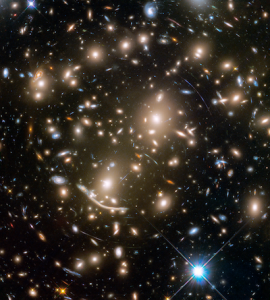A glorious 2025 comes roaring in despite the nastiness of contemporary American and (some) worldwide politics. Everyone’s angry, despite the ingenious control of murderous pathogens, the brilliant performance of the post-COVID economic recovery in the United States, dropping crime rates, and the continued progress on reducing and eliminating worldwide poverty. But these are aggregate measures of social and scientific success and far too many individuals remain discontented with their own status and fears that social forces beyond their control are limiting their success and happiness.
In this, one must be circumspect: reading out stats that contradict the mood is not reading the room. So, instead, I try to focus on unexpected innovations that lead us to defocus on our own situational context and instead find a larger reimagining. This is a modern therapy that isn’t dismissive of the effectiveness of our highly successful institutions of scientific achievement, peace-preserving world orders, and liberal democracies that effectively balance individual freedoms against order. It’s a celebration of them, instead.
I give you two new joys as the new year starts to build. First, we have the novel realization that dark energy and matter might be better explained by relativistic distortions of space-time in the universe based on the quantities of matter in denser versus void-like areas of space. Here’s Anton Petrov with a primer:
This certainly simplifies things if true, but it needs to be observationally verified and reconsidered if it doesn’t pan out. There’s that underlying joy in science: everything is tentative because we are all flawed.
The second development changes from an external focus on the monumental scale of the universe to something much more human. I’ve previously covered the curious theory of quantum consciousness proposed by Roger Penrose and Stuart Hameroff, but there have been some recent developments.… Read the rest




